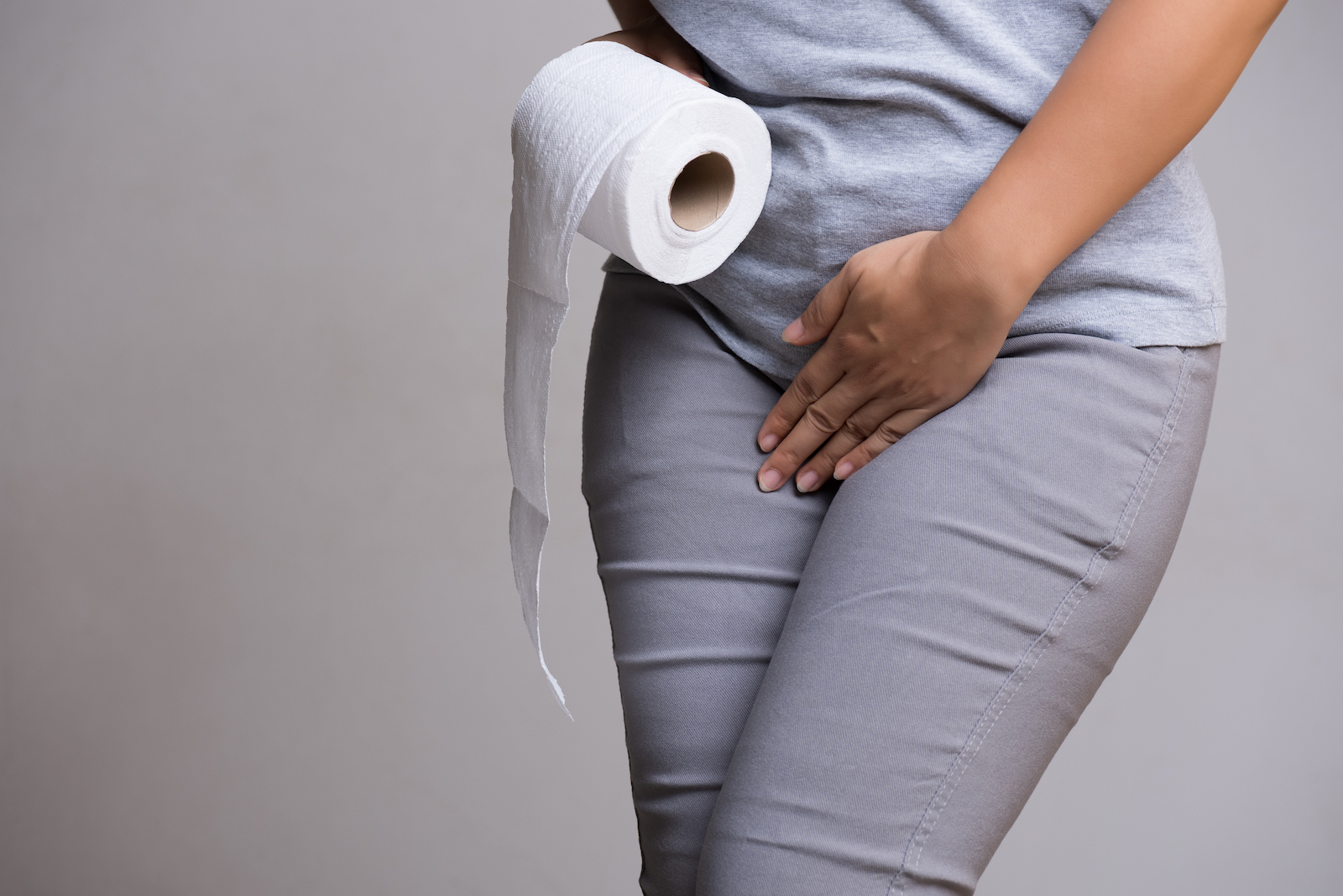
How much urine can a healthy bladder hold?
It's kind of a lot.

When you gotta go, it can feel like you're peeing buckets when you finally do.
But is that really true – how much urine can the human bladder actually hold?
The human bladder can hold a fair amount of liquid: About 2.3 cups for the average woman and up to 2.9 cups for the average man, according to Germany's Institute for Quality and Efficiency in Health Care.
That's about 17 ounces (500 milliliters) for women and 23 ounces (700 ml) for men.
But while the bladder can hold that amount of fluid, it's rare to actually need to pee that volume. The urge to urinate starts when the bladder fills to about 0.8 cups to 1.5 cups (200 to 350 ml), according to the same source. In total, the kidneys produce an average of 7.2 cups (1.7 liters) of urine each day in an average adult.
Related: Why do some of us shiver when we pee?
In kids over a year of age, the amount of pee the bladder holds can be estimated with a formula, according to Physiology, Bladder (StatsPearl Publishing, 2022). Do the math: (years of age + 2) x 30 mL.
Sign up for the Live Science daily newsletter now
Get the world’s most fascinating discoveries delivered straight to your inbox.
The urge to pee occurs when the accumulation of urine stretches the muscles of the bladder wall. This stretching seems to trigger certain proteins in the muscles that react to mechanical stimulation, such as touch and pressure, according to National Institutes of Health research published in 2020 in the journal Nature. People without the gene that carries the instructions for these proteins often fail to feel the need to pee or have trouble starting to urinate, so they pee less often than average.
This muscular trigger is one reason it's worth trying to reach the restroom without too much delay. According to the National Institute on Aging, holding in urine on a regular basis can stretch the bladder muscles, making it harder to fully empty the bladder and raising the risk of a bladder infection.
The signals from the bladder muscle travel to the spinal cord via two nerves, the pudendal and hypogastric nerves, according to Physiology, Bladder. After giving birth, sometimes people can have temporary nerve issues, which can decrease the sensation that they have to go to the bathroom, according to the University of Michigan Health System.
In infants and children who aren't potty-trained, the feeling of bladder fullness triggers the relaxation of the muscular ring, or sphincter, that keeps the bladder sealed. As the pelvic muscles develop, conscious control over urination develops, too. The parasympathetic nervous system, responsible for unconscious "rest and digest" processes, encourages the pee to flow, while the sympathetic nervous system, the same system the encourages "fight, flight or freeze" responses, helps keep urine in by relaxing the bladder walls and contracting the bladder neck that leads to the urethra, according to Physiology, Bladder.
Sometimes the bladder muscles contract without the trigger of a significant amount of urine. This involuntary contraction can cause a sudden, intense urge to pee, known as overactive bladder. According to the Mayo Clinic, overactive bladder can have a number of underlying causes, ranging from urinary tract infection to diabetes to menopause-related hormone changes in women. Medication, dietary changes, and pelvic floor exercises are used to treat overactive bladder.
Originally published on Live Science

Stephanie Pappas is a contributing writer for Live Science, covering topics ranging from geoscience to archaeology to the human brain and behavior. She was previously a senior writer for Live Science but is now a freelancer based in Denver, Colorado, and regularly contributes to Scientific American and The Monitor, the monthly magazine of the American Psychological Association. Stephanie received a bachelor's degree in psychology from the University of South Carolina and a graduate certificate in science communication from the University of California, Santa Cruz.









